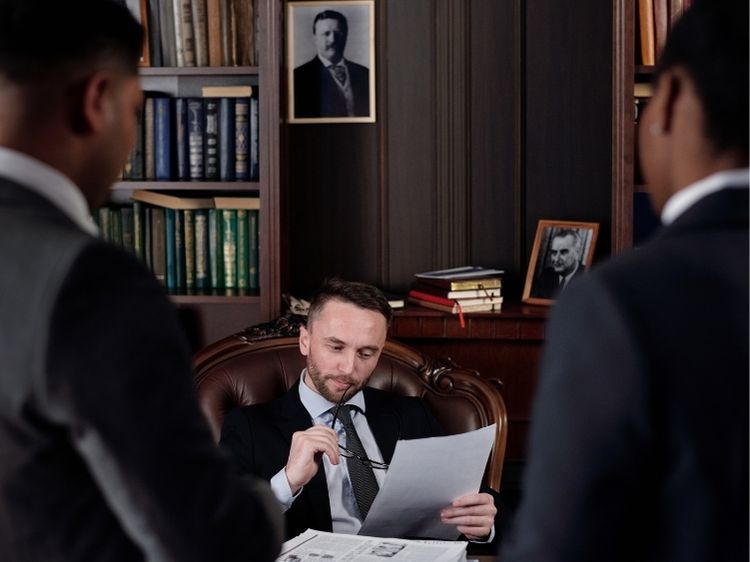Black Tie Dress Code: A Comprehensive Guide to Timeless Elegance
When it comes to formal events, nothing speaks sophistication quite like a black tie dress code. Whether you’re heading to a gala, a wedding, or a fancy dinner, understanding this dress code is crucial to making the right impression. But what exactly does “black tie” entail? Is it just about donning a tuxedo or a floor-length gown, or is there more to it? In this guide, we’ll delve into the history, the do’s and don’ts, and everything else you need to know to master the black tie dress code.
The Origins of Black Tie
The black tie dress code traces its origins back to the 19th century, specifically to England. It was born out of the need for a more relaxed alternative to the white tie dress code, which was the epitome of formality at the time. The modern black tie ensemble was introduced by the Prince of Wales, later known as King Edward VII, who commissioned a less formal evening suit to wear to dinner. Over time, this style evolved into what we now recognize as the standard for black tie events.
What Constitutes Black Tie Attire?
Understanding the components of black tie attire is key to nailing this dress code. Here’s a breakdown of what’s typically expected:
- For Men:
- Tuxedo Jacket: The classic tuxedo jacket is usually black, although midnight blue is also acceptable. It should have satin or grosgrain lapels.
- Trousers: Matching trousers with a satin stripe down the side are a must. The trousers should sit at the natural waist and have a tailored fit.
- Dress Shirt: A white dress shirt with a wingtip or turndown collar is standard. The shirt often features pleats or a bib front.
- Bow Tie: A black silk bow tie is essential. Avoid pre-tied versions; a self-tied bow tie adds a touch of authenticity.
- Cummerbund or Waistcoat: These accessories are optional but add a polished look. The cummerbund should be worn with the pleats facing up.
- Footwear: Patent leather shoes or well-shined oxfords complete the outfit. Black socks are non-negotiable.
- Accessories: Cufflinks, a formal watch, and a pocket square can elevate your look.
- For Women:
- Evening Gown: A floor-length gown is the gold standard for black tie events. However, a chic cocktail dress or an elegant jumpsuit can also work, provided it’s appropriately formal.
- Shoes: Heels are the norm, but make sure they’re comfortable enough to last the evening. Closed-toe shoes are generally preferred.
- Jewelry: Statement pieces can add glamour to your outfit. Think diamond earrings or a pearl necklace, but don’t overdo it—less is often more.
- Clutch: A small, elegant clutch is the perfect accessory for carrying essentials without detracting from your ensemble.
- Hair and Makeup: Opt for a polished hairstyle, whether it’s an updo or loose curls. Makeup should be elegant and can include a bold lip or smoky eye, depending on the event’s vibe.
Dos and Don’ts of Black Tie
While black tie offers some flexibility, there are still guidelines to follow to ensure you hit the mark. Here are some essential dos and don’ts:
Dos:
- Do invest in quality fabrics. A well-made tuxedo or gown in luxurious fabric will look and feel much better than a cheap alternative.
- Do stick to classic colors. Black, navy, and deep jewel tones are safe bets. Avoid overly bright or flashy colors that might detract from the formality of the event.
- Do pay attention to fit. Whether you’re renting or buying, make sure your outfit is tailored to your body. An ill-fitting tuxedo or dress can ruin the overall effect.
- Do wear appropriate undergarments. For women, this means ensuring your gown has the right support, and for men, that your shirt stays tucked and neat.
- Do carry yourself with confidence. The black tie dress code is as much about how you wear the outfit as what you wear. Stand tall and own the look.
Don’ts:
- Don’t wear a regular suit. A black tie event calls for a tuxedo, not a business suit. The same goes for women—leave the office wear at home.
- Don’t over-accessorize. A few well-chosen pieces of jewelry or a sleek watch are all you need. Avoid anything too flashy or distracting.
- Don’t neglect grooming. Make sure your hair, nails, and any facial hair are well-groomed. The devil is in the details.
- Don’t forget the occasion. While it’s tempting to push boundaries, remember that black tie events are formal by nature. Err on the side of caution if you’re unsure about an outfit choice.
The Black Tie Dress Code for Modern Events
In today’s world, the black tie dress code has evolved, but its core principles remain intact. While traditionalists may insist on sticking to the rules, there’s growing acceptance of personal style and modern interpretations. For instance, women might opt for a tailored jumpsuit instead of a gown, and men might choose a velvet tuxedo jacket in a rich color.
That said, it’s crucial to consider the event’s context. A charity gala might call for strict adherence to the black tie dress code, while a more casual black tie wedding could offer some flexibility. When in doubt, it’s always better to be slightly overdressed than underdressed.
Frequently Asked Questions About Black Tie
1. Can I wear a long dress that isn’t black?
Absolutely! While black is a classic choice, you can also wear other colors. Just ensure the dress is formal and appropriate for the occasion.
2. Is a bow tie mandatory for men?
Yes, a bow tie is a fundamental part of the black tie dress code. A black silk bow tie is the most traditional, but you can experiment with textures or slight variations in color.
3. What should I do if I don’t own a tuxedo?
If purchasing a tuxedo isn’t feasible, renting one is a common and perfectly acceptable option. Many rental services offer high-quality tuxedos that can be tailored for a perfect fit.
4. Can I wear a cocktail dress to a black tie event?
While a full-length gown is ideal, a sophisticated cocktail dress can work, especially for less formal black tie events. Ensure it’s elegant and in keeping with the event’s tone.
5. Are there any acceptable variations for the black tie dress code?
While the traditional black tie attire is still preferred, some modern variations, like a velvet jacket or a stylish cummerbund, can be acceptable. Always consider the specific event before deviating from the classic look.
Conclusion
Mastering the black tie dress code is all about understanding the balance between tradition and personal style. By adhering to the basic principles while adding your own flair, you can ensure you look your best at any formal event. Whether you’re donning a tuxedo or a stunning gown, confidence is your best accessory.
So the next time you receive an invitation marked “black tie,” you’ll know exactly what to wear and how to carry yourself. Embrace the elegance, enjoy the formality, and make a lasting impression.



